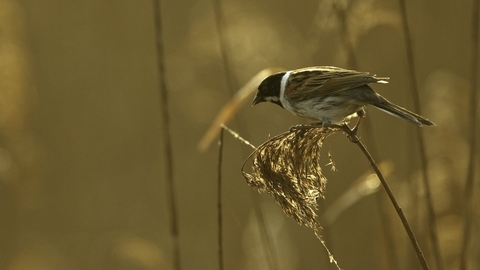By Steve Aylward

Reed bunting - Chris Gomersall/2020VISION
By Steve Aylward


Hobby - Amy Lewis
By Steve Aylward
Thelnetham Fen Nature Reserve
Know before you go
Dogs
When to visit
Opening times
Open at all timesBest time to visit
May to SeptemberAbout the reserve
Hunkered next to the meandering flows of the Little Ouse, a circular walk of about 1 mile takes in the saw sedge and black bog rush of Middle Fen, the wet woodland of Old Fen and a section of the reed-fringed river. Although this quiet spot is a rewarding visit at any time of year it is in the spring and summer, it really bursts into life, with breath-taking displays of wildflowers including the bewitching sight of the rare grass-of-Parnassus in the calcium-rich spring flushes.
Shallow scrapes that mimic the turf-ponds traditionally formed by peat cutting support plants such as marsh lousewort and yellow sedge, while the reed bed provides ideal nesting habitat for migrant birds such as sedge, grasshopper and reed warblers as well as resident reed buntings. The mating displays of woodcock are also regularly seen at this reserve, as are the feathered arrow of hobby chasing dragonflies over the fen – transferring its prey from talons to beak while flying at break-neck speeds.


